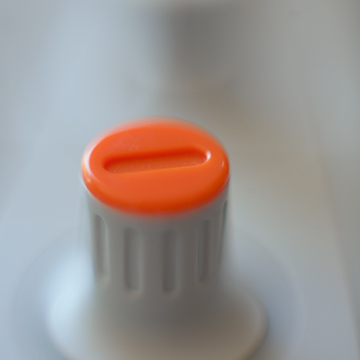
Background
My previous Études release featured only one electronic instrument, but with extremely robust options for sound sculpting. Attempting to limit one’s sonic palette with a modular synthesizer is almost cheating, given their ability to be patched in unusual ways. This time I decided to explore a fixed architecture synthesizer: the Teenage Engineering OP-1. This synthesizer has a reputation as a musical sketchpad, a tool that people seem to doodle with, but not use for “serious work.” However, while its synthesizer’s architecture is fixed in many ways, its multitude of synthesis and on-board multi-track recording and effects makes it an extremely capable and powerful instrument, with military-grade buttons and a heavy steel chassis.
I spend a lot of time traveling, and the OP-1 has been a constant companion. I would sometimes clock two to five hours a day on the instrument, depending on if I was on a bus, on an airplane, or in a hotel room. By no means do I consider myself a virtuoso, but I started to know it well enough to make tracks that sounded like me as opposed to sounding like itself.
Technique and Instruments

The only sound source on this release is the OP-1. Most of the sounds are designed with its onboard synth engines, and when samples are used, they are taken from its on-board FM radio tuner; no samples from any other instrument are used, with one exception (a busy airport). All tracks were either played live (with the OP-1’s onboard sequencers and live effects tweaking, or actual live performance), one layer at a time with no going back and redoing any previous layer.
What I did do, however, was apply some processing that is not available on the device itself. This helped a great deal in taming the OP-1’s flagrantly digital nature in some compositions. I still limited myself to the four available tracks on the OP-1’s onboard “tape deck” recorder for each composition. Delay pedals and plugins provided some of the effects, but almost all of the overdrive, bit crushing, and glitches are from the OP-1 itself. The mastering chain was entirely analog, passing the signal through a tube equalizer, a tube compressor, and laid off to chrome cassette in a vintage field recorder.
What Comes Next
The OP-1, while tiny, allowed for multi-tracking. The next release in the Études series will mark a return to modular and embraces rhythm a bit more. The fourth Études release is also planned for an instrument that isn’t a synthesizer at all. Stay tuned, so much more to come!